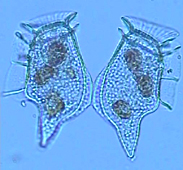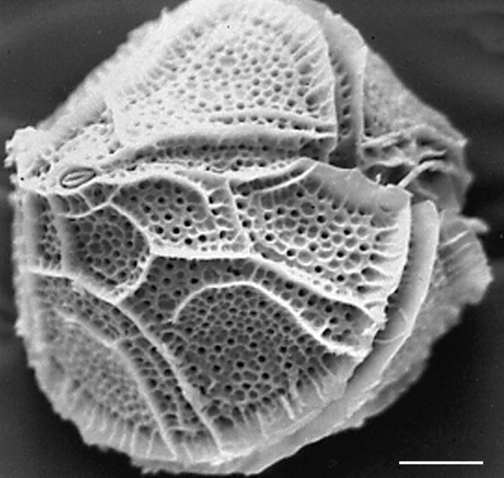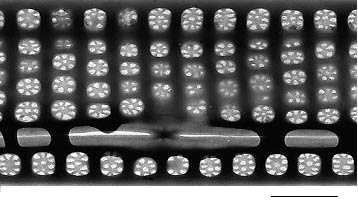| Phytoplankton
in marine coastal areas |
|
|
Phytoplankton may be
responsible for massive growth (blooms) whose detection is particularly
important at ecosystem scale, because of biomass effect, and at health level. In
fact, several microalgae can produce toxins which may accumulate in shellfish
and fish causing acute or chronic syndromes in human consumers. These phenomena
are globally known as Harmful Algal Blooms (HABs). Identification of
phytoplankton at the species level is a crucial HAB surveillance approach, thus
collaboration of monitoring operators with research institutions specialised in
microalgal characterisation is particularly needed (fostered). In the framework
of research projects involving the lab, the Agency for Environmental Protection
of Latium and the "Istituto Zooprofilattico
Lazio-Toscana" and, since 1996, the "Istituto per lo studio
dell'ambiente marino costiero", CNR, Taranto, the diversity of coastal phytoplankters was
assessed along with abundance and periodicity of blooms. Toxin production by a
given taxon may vary due to intra-specific, physiological differences and
environmental factors, leading to the risk that countermeasures might be taken
in presence of non-toxic populations. Nevertheless, indications based on
morphological characterisation of species is still significant to address
further biochemical and toxicological analyses, which are in any case expensive
and require experienced operators. Development of novel monitoring tools (e. g.
screen-printed electrodes) is, therefore, of primary importance in view of the
global increase of HABs and of the need of fast and reliable toxin detection
methods to protect human health and ecosystems. The annual monitoring of domoic
acid in natural samples of Latium coasts has been thus undertaken allowing
quantification of toxin in algal extracts and the tracking of its transfer
through the food chain. |
 |
 |
|
 |